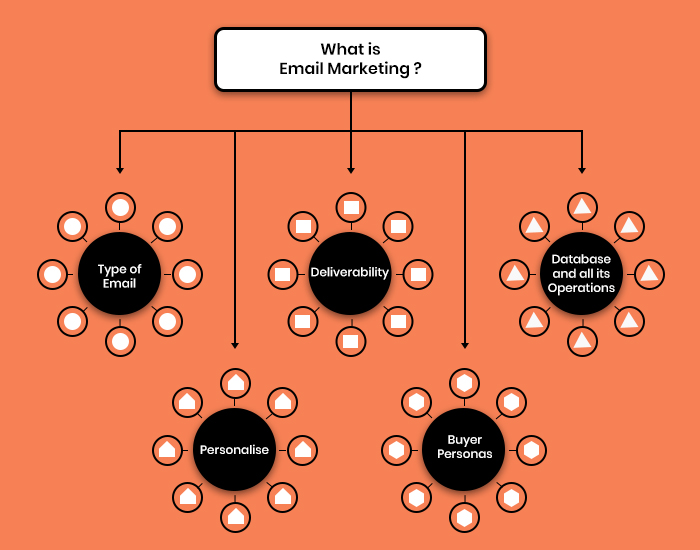Anyone who understands the bits and bytes of SEO (search engine optimization) knows that it is dynamic and keeps changing. This is because search engines modify their algorithms so rapidly that even the best strategies need to be revamped. Consequently, as a marketer you would need to keep pace with these changes while in pursuit to grow your business online.
It is well known that Google uses an ever-changing algorithm to pitch the most relevant search results. It is because of the changing human search behaviour. Hence, optimising blog-content for better ranking is now obsolete. Let us walk you through the various changes ‘search’ has endured.
Search : over the years
Today, people search in ways that are more often conversational queries. According to Hubspot a majority of searches on the internet– more than 64%, consist of four words or more. This number is increasing due to the increase in the use of voice search. With the availability of Siri, Cortana and Google Assistant, a high percentage of searches are now done via voice. With the addition of devices like Google Home and Amazon Echo, the number will only rise.
Another reason for these long-texted-searches is because people want to skip the junk. With an enormous amount of content being produced daily, quality is greatly outweighed by quantity. Hence, users are now submitting detailed queries, skimming more often, checking headers of blog posts or relying on answers provided by Google’s featured info to find simple answers. Resultantly, the search engines are getting optimised to sort through the thousands of pieces of content out there to serve up the best, most accurate results possible.
So it becomes necessary for marketers to enhance their content and research their customer base thoroughly. What exactly is your customer base? What should be the query that brings you to them? For example, if your company is a digital marketing agency in gurgaon and you want to advertise it locally, which keyword would garner better results for you– “marketing agency” or “digital marketing agency in gurgaon”?
Google’s search engine is trying to find the most useful searches for the user, even if that is not exactly what they searched for. For example, if you searched for “ways to grow your online business”, it might also show you results pertaining to online business consultants or a website development company. This means if a blogger is pitching the idea of digital marketing services, he/she needs to be even more precise with their content and optimisation.
A way to do this is by arranging your site in a manner that lists different main topics with blog posts about specific keywords, linked to one another to address as many searches as possible about a particular subject.
Using Topic Clusters
For a long time, bloggers have had the habit of writing posts around a few specific keywords. In this race of ranks, this method leads to your own URLs competing against each other, when multiple blogs are posted about the same topic.
Now, in order to rank in search, and best answer the queries, a topic cluster model is being used. All you need to do is choose the broad topics that you want to write about, then create content based on the related keywords and link them altogether, which would increase your search engine authority. Here we use a more isolated architecture basically, consisting of three components–
- Pillar content – the broader topics.
- Cluster content – piece of content about related topics
- Hyperlinking – connecting the broader topics with cluster content using hyperlinks.

In short, the bloggers are trying to rank the pillar content—the primary topic, by creating more specific pieces of cluster content.
How is it done? What are Pillar Pages?
A pillar page is the foundation on which a topic cluster is built. It covers all the aspects of the topic on a single page but leaves room for in-depth content. This in-depth content is reported through cluster blog posts that hyperlink back to the pillar page.
Pillar pages are much longer than typical blog posts as they cover all the aspects of the topic, yet they aren’t as in-depth. This is how pillar pages are used. You can create content that answers questions in a pillar page but leave room for the detailed study of each of the aspects.
For example, we could create a pillar page about Facebook marketing which could provide an overview of how Facebook works when marketing your business, and then hyperlink it to several pieces of cluster content like how to make informative Facebook videos, how to write good Facebook captions, etc. The pillar page thus serves as a guide to Facebook marketing and the pieces of cluster help you dive into the specific aspects.
Wondering how to create a pillar page? Well, the first step would be not thinking about your site in just simple keywords.
- Start with selecting the topics you want to rank for. Think about the ideas based on more specific keywords related to the topics.
- Think about the interests of your audience or the challenges they face. This could give you ideas about the pillar page content. Hence, choose a topic that is broad enough to cover these and generate more related blog posts related to it.
- Don’t take a topic that is very broad that you cannot cover the entire thing in a single page. For example, ‘Social media marketing’ is very broad, but ‘Facebook marketing’ broad enough to cover on a single page and link many blog posts with.
At last, it should be understood that pillar pages must answer any question a person might have about a topic. That is what will drive them to click on your page when they enter a Google search term.



